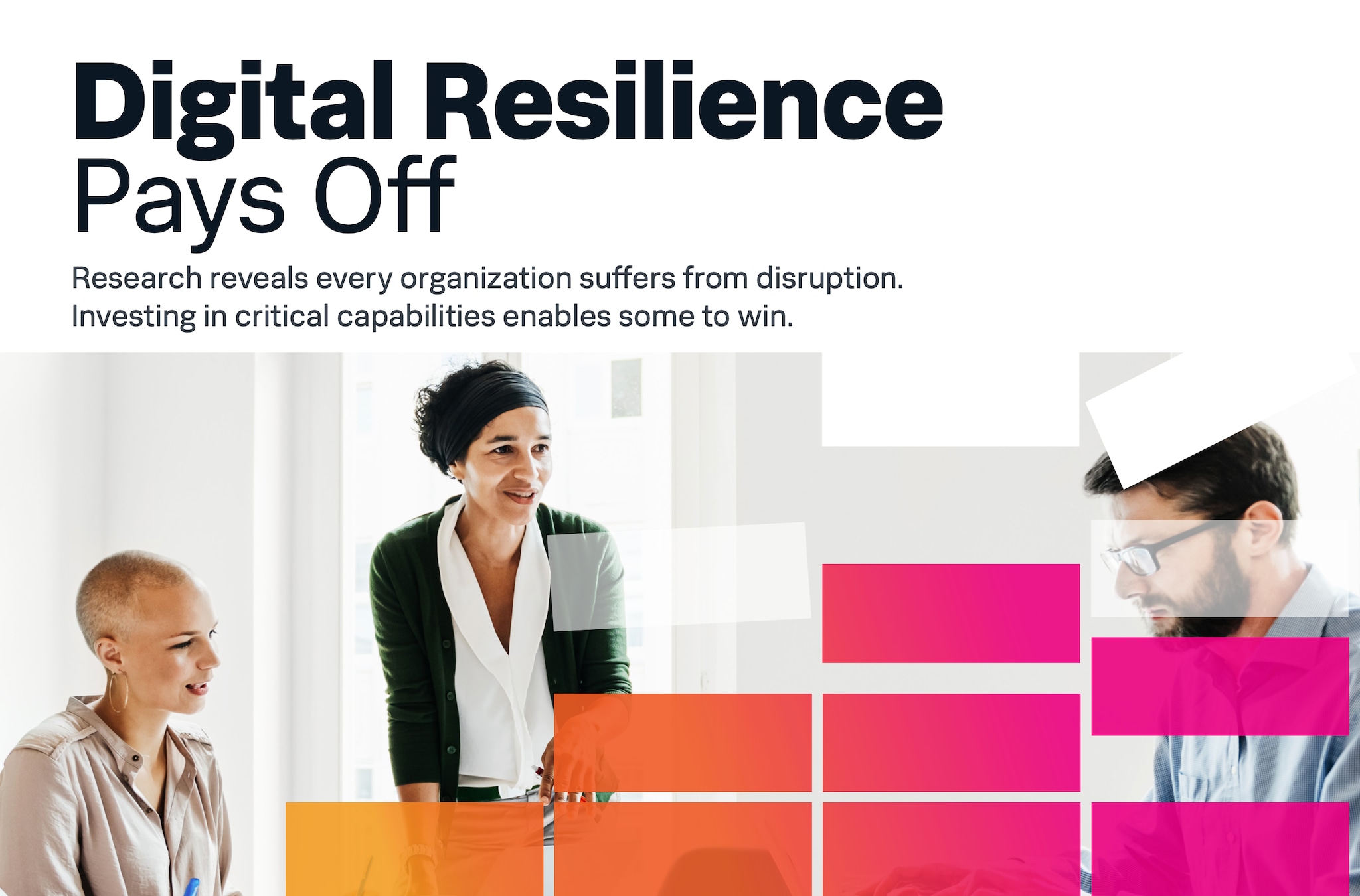MachineGPT, Agentic AI, and the New Foundation for Digital Resilience

MachineGPT is a powerful idea centered on teaching AI to understand the behavior, patterns, and signals that machines generate every second. Recently, I shared some early thoughts about the transformative potential of this approach and the new classes of solutions it makes possible.
What is unmistakably clear is that MachineGPT is foundational to the rise of Agentic AI in the enterprise.
Agentic AI is poised to fundamentally reshape digital operations. Instead of simply answering questions, AI agents can now perceive, reason, and act within enterprise environments. For security, observability, and operations teams, this is a step-change: Agentic AI enables organizations to get ahead of incidents, contain issues before they spread, and improve service reliability in ways that traditional automation simply cannot.
And it’s advancing faster than we expected. As we continue working with customers across industries, we are hearing the same three messages with striking consistency.
1. Agentic AI requires a highly scalable and proven machine data fabric
The first and loudest message is that Agentic AI has to deeply understand the environment it operates in. The organization’s data is its moat (its source of sustainable competitive advantage), and it’s that data that provides Agents the ability effectively and practically operate in the enterprise context. This requires a proven and highly secure data fabric that scales higher and operates faster than the data explosion driven by Agentic AI itself.
AI agents need to operate with a shared, cohesive understanding of the systems they observe and influence. That means the data they learn from — and the signals they respond to — must be:
- Unified across domains
- Consistent in structure and meaning
- Correlated across networks, infrastructure, and applications
- Reliable at scale and under pressure
This is where Splunk’s heritage matters.
Splunk is, and has always been, at its core, a data platform. Customers have used Splunk as the authoritative record of their machine data for more than 20 years — in environments that range from the world’s largest banks and retailers to critical national infrastructure.
This matters because AI agents must be trained in deeply correlated telemetry to operate safely. Splunk’s platform provides:
- High-fidelity machine data that captures how systems behave
- Cross-domain correlations that reveal how failures propagate
- Unified context that AI requires to take responsible action
A data fabric with these characteristics cannot be built quickly. It requires years of scale, customer load, edge-case scenarios, and real-world incidents to mature.
Splunk has been through that gauntlet and agentic AI benefits from that hard-earned foundation.
Most importantly, the same data fabric that enables Agentic automation also enables AI that can create the guardrails needed to protect organizations from threats that AI itself may introduce.
2. Security and Observability must work as one for Agentic AI to succeed
The second message we hear from customers is equally important: Security and Observability can no longer be treated as separate operational functions.
Agentic AI thrives only when security signals and operational signals are interpreted together — because that is how modern systems actually behave. A performance anomaly may be a security issue in disguise. A security incident may first manifest as a degradation in application behavior. Network telemetry often sits at the intersection of both.
Splunk has invested for years in building a purpose-built architecture that unifies:
- Application-level observability· Infrastructure telemetry
- Network insights (on both owned and unowned networks)
- Security analytics and detections
This unification is not just a feature. It is the product of millions of hours of engineering, customer feedback, and trial by fire across real incidents. Combine this with Cisco’s industry-defining network technologies and insights, and what Splunk and Cisco can do is truly unique.Many vendors today talk about converging Security and Observability. But having individual technologies is not the same as having a cohesive operational system that interprets signals in a unified way, at scale, under stress.
Splunk’s converged architecture enables Agentic AI to:
- See early warning indicators that span domains
- Diagnose root causes without blind spots
- Take informed, safe action with full context
- Reduce mean time to detect and respond
- Strengthen defenses while improving service reliability
Agentic AI is only as effective as its visibility. Splunk provides the connective tissue that makes this visibility real.
3. Agentic AI must understand both legacy and modern environments
The third message is rooted in pragmatism: Agentic AI must work across the messy reality of enterprise environments — not just in greenfield cloud-native stacks.
Enterprises today operate systems that span:
- Legacy monolithic applications
- Tiered client–server architectures
- Hybrid on-premises and cloud infrastructures
- Cloud-native microservices
- Custom workloads, SaaS platforms, and edge devices
No organization has the luxury of a clean slate. And no AI approach can succeed unless it understands the full breadth of what customers already run.
This is exactly where Splunk is unique.
Splunk has always met customers where they are, not where vendors would prefer them to move. We see every layer of their environment — from mainframes and middleware to Kubernetes clusters, API gateways, serverless functions, and SaaS services.
For Agentic AI, this breadth of understanding is essential. Agents must:
- Interpret patterns in legacy systems
- Recognize failure modes in hybrid infrastructures
- Adapt to unpredictable interactions across old and new components
- Operate safely in environments that evolve over years
Splunk already spans these realities, and that makes it the natural platform to enable Agentic AI to practically operate across the enterprise stack at scale and with trust.
Splunk has always been defined by scale, flexibility, and a deep commitment to customer outcomes. We helped organizations navigate the shift from on-premises to cloud. We helped break down silos between Security and Observability. And now, we are helping them make Agentic AI real and safe.
Ultimately, experience matters. Splunk’s architecture, scale, and visibility are not abstract advantages. They are the practical requirements for AI that can truly help enterprises prevent incidents, defend against threats, and deliver consistent customer experiences.
Related Articles
About Splunk
The world’s leading organizations rely on Splunk, a Cisco company, to continuously strengthen digital resilience with our unified security and observability platform, powered by industry-leading AI.
Our customers trust Splunk’s award-winning security and observability solutions to secure and improve the reliability of their complex digital environments, at any scale.


